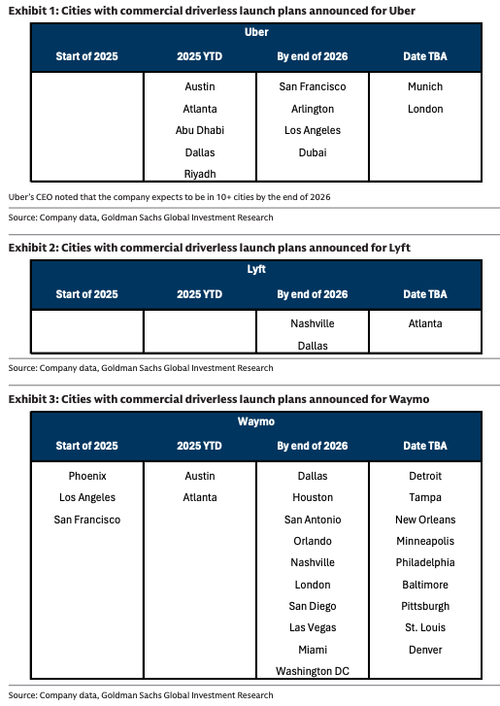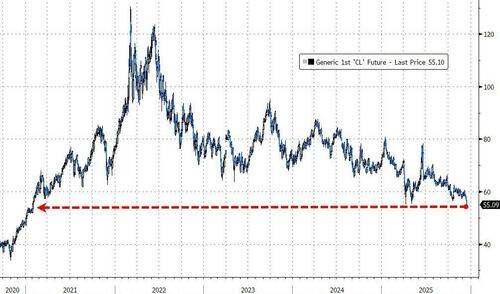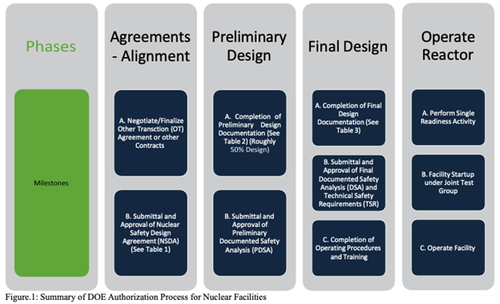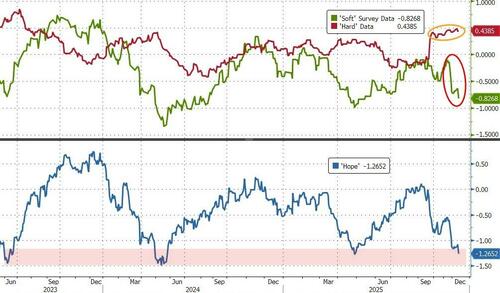The Federal Reserve Bank of New York released a troubling quarterly statement as the total household debt in the US increased by $185 billion in the past three months, up 1% from last quarter, when total household debt reached $18.9 trillion. Total household debt in the US now sits at $18.39 trillion.
Housing debt increased 1.1% from April to June, now standing at $149 billion. Mortgage balances increased by $131 billion, notably the largest cause of household debt. Mortgage originations increased at a modest pace with $458 billion of debt added, while HELOC balances grew by $9 billion to $411 billion.
Non-housing debt rose by $45 billion, with credit card debt rising $27 billion to $1.21 trillion, up 5.87% YoY. Auto loans rose by $13 billion to $1.66 trillion. Student loans are now due for repayment, with total outstanding payments rising by $7 billion to an unsustainable $1.64 trillion.
Adults aged 40 to 49 hold $4.81 trillion of the total outstanding debt and experienced a $50 billion debt increase in the last quarter. Younger Americans between 18 and 29, naturally, have yet to accumulate much interest on their debt and owe $1.1 trillion as a collective.
Delinquency rates rose during Q2 as 4.4% of all outstanding debt is in some stage of delinquency. Compared to pre-pandemic levels, household debt is up by 30%. American households are experiencing a pattern of financial stress that has not meaningfully waned since the pandemic. The government has destroyed the purchasing power of the USD through endless deficits and inflationary policies. The US is not heading toward a recession; rather, we are in a period of stagflation with inflation outpacing GDP growth primarily due to rising costs and wars globally.
I said it once, and I will say it again: Our computer is demonstrating that volatility in unemployment will rise from 2026, peaking first in 2028 with a Panic Cycle in 2029. This also confirms our War Cycles for 2026. What we MUST come to grips with is that there is far more to understanding the economy from a single statistic perspective.













